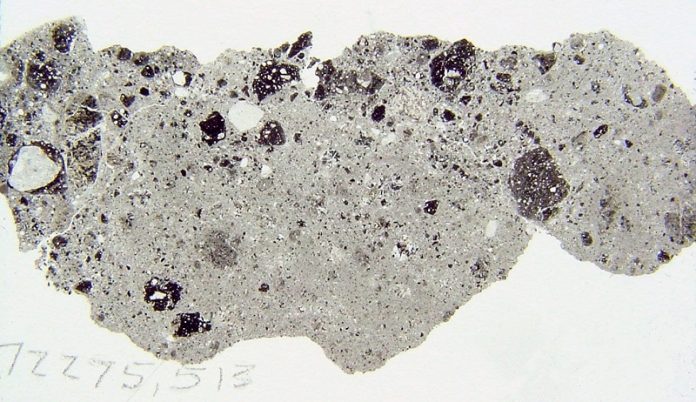
A set of instruments shut off almost 50 years ago are still producing useful results.
It’s the seismometers left by the Apollo missions to monitor moonquakes, which as the name suggests are earthquakes but on the Moon.
First off, the Apollo seismometers were the first to reveal that the Moon does indeed have quakes, which is an impressive achievement in its own right.
And once we realized that the Moon shakes, we’ve been able to use the natural seismic vibrations produced inside the Moon to map out its interior structure.
It’s the same way that we can map out the interior of the Earth. Vibrations travel at different speeds through different kinds of materials, just like sounds are different in the air versus under water.
The reason that the Apollo-era seismometers, which were shut off in 1978, still provide useful results is that even though they’re not producing data, our analysis techniques and understanding have improved.
This means we can squeeze more information out of the data we already have, and decades after the seismometers went silent, we were able to use their data to find evidence for the existence of the Moon’s core.
So the Moon’s got a core, that’s nice. What’s the big deal?
The big deal is that it’s best to stop thinking of the Moon as merely the natural satellite of the Earth. Instead, think of it as small rocky terrestrial world in its own right.
It’s stepping out of the shadow and into the limelight, and it’s got something to say.
I’m reframing this because the Moon is our keystone to understanding how ALL terrestrial planets – Mercury, Venus, Mars, and yes, even Earth – evolved in their early history. That’s because the Moon still retains a record, a memory, of its younger days, frozen in place for billions of years.
The Earth doesn’t remember most of its ancient history because of all our plate tectonics. We haven’t landed on Mercury.
We’ve technically landed on Venus, but that wasn’t for very long so it doesn’t count. And yes, we’ve landed a lot on Mars, and even collected some samples…but we haven’t figured out how to get those samples back to Earth.
So not only does the Moon retain a memory of what all terrestrial planets go through, it’s right there and we’ve been able to touch it!
And bring some back! And, and smell it! By cracking open Moon rocks, by looking at seismometer data, by looking at core samples, by looking at heat flow data, we can piece together what happened on the Moon and use that knowledge to inform what happens to Mars, Venus, Mercury…and Earth.
And what happened to the Moon was, put simply, not very pretty. We now know that there was a phase, shortly after it formed, when the Moon was covered in a single magma ocean with a depth of around 500 kilometers.
What we call the Lunar highlands are simply the slightly-less-dense rock that floated to the surface of that magma ocean and then solidified first. What floated to the top and cooled was largely minerals containing oxygen and silicon, with iron sinking down to form the core – hey wait a minute, that’s exactly like the Earth! I told you the Moon could tell us about our own planet.
Shortly after the surface of the Moon largely cooled and the crust formed, it suffered a series of intense impacts, an epoch between 3.85 and 4 billion years ago called the Late Heavy Bombardment.
Just strike after strike after strike, like a brutal uneven boxing match that you just can’t look away from. Each of those impacts formed breccias, which comes from the Italian word for rubble. Why we didn’t just call it rubble, I don’t know.
Breccias are formed when you have a bunch of different kinds of rocks and minerals doing their own thing, minding their own business, when WHAM a meteorite comes crashing in, smashing and mixing and fusing everything together, and then all those minerals are forced to cohabitate in the same rocks.
Finally, after the late heavy bombardment, the moon suffered periods of major volcanism, which would explode and pour liquid hot magma across their surroundings, generating the mare, or seas, that we see today.
Written by Paul Sutter/Universe Today.



